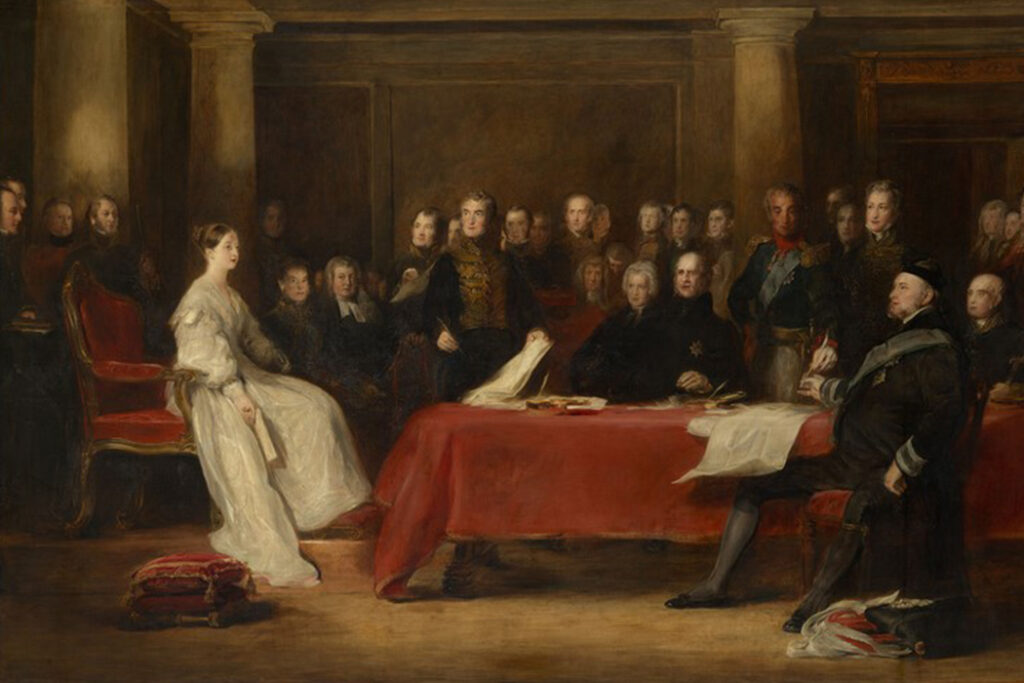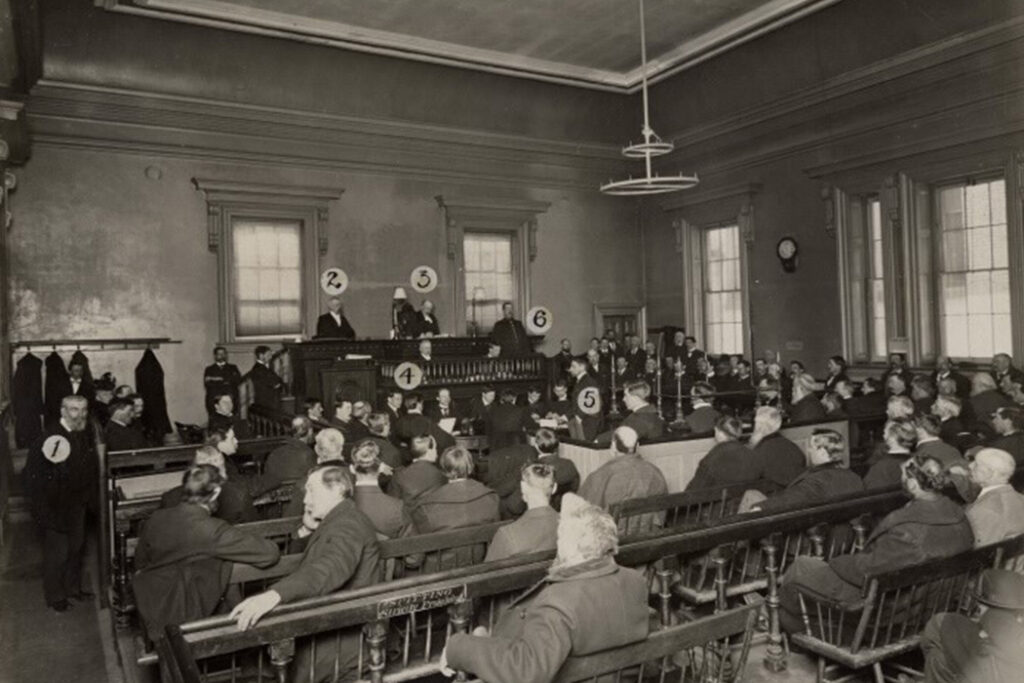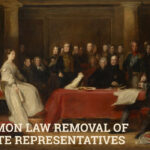Common Law Removal of Estate Representatives
Experts within the field of Estates Law understand the courts in Ontario have jurisdiction to remove personal representatives of an estate, pursuant to Section 37 of the Trustee Act. If removal is necessary, then the lawyer may submit a Notice of Application for removal under rule 14.05(3)(c) of the Rules of Civil Procedure. This has been followed in several cases, including Johnston v Lanka Estate, 2010 ONSC 4124. However, we must not forget that there is more to law than legislation. In Canada, we have the common law, deeply rooted in the common law of England.

SIR DAVID WILKIE (1785-1841)
Oil on canvas | 152.7 x 239.0 cm (support, canvas/panel/str external) | RCIN 404710
Inherent Jurisdiction
The courts of Ontario have an inherent jurisdiction to remove personal representatives without relying on any statute. This goes at least as far back as 1884, when the Privy Council of the United Kingdom, in Lettterstedt v Broers, (1884) 9 App Cas 371 (South Africa PC), was faced with the question of whether to remove the trustees of an estate. An appeal to the UK Privy Council had been allowed in relation to a matter heard in South Africa at the Supreme Court of the Cape of Good Hope, pertaining to an action brought by a beneficiary of a will for an investigation of accounts since the trustees had started acting as executors. The beneficiaries alleged misconduct on the part of the trustees, which was used to support their argument for the removal of said trustees.
The Court relied on its main guide: the welfare of the beneficiaries and the protection of the trust estate. Furthermore, it is the principal duty of the Court of Equity to see that the trusts were properly executed. In order to ensure that this duty was performed, in the within case, the Court found that it needed to remove and substitute the trustees.
This case was followed in Re Thorpe, [1929] OJ No 247, where the Ontario Supreme Court (High Court Division) argued against the removal of an executor on the basis that the applicant failed to establish the grounds for removal. Despite the lack of removal, the Court outlined its grounds for removal in paragraph 10, which states:
To remove an executor named in a will, to whom a court of competent jurisdiction has issued probate, it must be established that the executor – who must always act for the benefit of those beneficially entitled – has refused to execute the trusts under the will, is a bankrupt, is incompetent or incapable, is an infant, is in prison, or has acted dishonestly in the administration of the estate.
The Court then provides the following references as its source of authority: “Reference to Letterstedt v. Broers (1884), 9 App. Cas. 371; In Bonis Hett (1842), 6 Jur. 350; Forster v. Davies (1861), 4 DeG. F. & J. 133; In re Wrightson, [1908] 1 Ch. 789, 803; Harris v. Gallimore (1895), 57 O.L.R. 673”
This is in contrast to another case like Re Anderson, [1928] OJ No 168, where the court sources its authority to remove a personal representative of an estate on Section 36(1) of the Trustee Act, RSO 1927 ch 150 (now Section 37 of the Trustee Act, RSO 1990, c T23). Though the grounds were common law principles, the source of authority was statutory. This is very different from Letterstedt or Re Thorpe, where the courts relied on their inherent jurisdiction to decide whether to remove an estate trustee or executor from representing an estate.
Another case by the name of Brewster v Hendershot, [1900] OJ No 25, in paragraph 20, states as follows:
the Court, even assuming that the plaintiffs are not the legal trustees, has power to, and should, remove the defendants and appoint the plaintiffs trustees of the property in question.
In other words, the Court has the power, and should have the power, to remove and appoint personal representatives of an estate. This is further implied in the earlier case of O’Brien v Clarkson, [1884] OJ No 84.

Picture, 1899, English
Concluding Remarks
Statutory law is not always the source of our law. Sometimes, a statute is but an expression of the underlying principles of common law or equity. Codified for all to see, statutory law is a helpful tool for understanding what the laws are as explicitly stated. However, the existence of statutory law does not eliminate the source of the common law or the laws of equity. Judge-made law remains law in Ontario. This is expressed in Section 96(1) of the Courts of Justice Act, which states:
Courts shall administer concurrently all rules of equity and common law. R.S.O. 1990, c. C.43, s. 96(1); 1993, c. 27, Sched.
So when battling to remove or substitute a trustee or executor of an estate, let it be known that the common law and equity still lives. In addition to Sections 37 or even 5 of the Trustee Act, the courts may rely on its inherent jurisdiction to remove or substitute a personal representative of an estate.
-Aaron Rajesh

